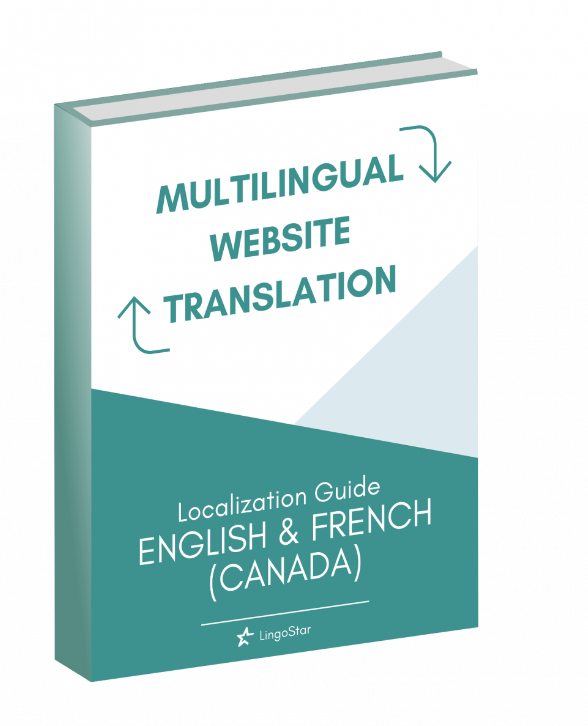Balancing Creativity and Cultural Relevance
Have you ever been lost in translation? A recurring mistake to make is to assume that translation is limited to mere linguistic conversion, that is swapping a word for another word. The reality, however, is that translators go above and beyond to be able to capture and convey messages accurately in different languages and cultures. Not an easy feat, by any means, as striking the right balance between creativity and cultural relevance is exceptionally challenging.
Creativity plays a radical role in translation, especially so when conveying idioms, metaphors, and cultural nuances with no direct equivalents in other languages. These situations call to the creative skills of translators to concoct inventive solutions to preserve the impact and goal of the source text while ensuring the transfer in language maintains clarity and understanding in the target language.
A successful translation is a culturally relevant one. Where a deep understanding of cultural norms, customs and values shine through in both the source and target language. The translator needs to ensure that the translated content is appropriate and relatable to the targeted audience. They take into account historical, social, and linguistic nuances that can potentially harm the message intended.
Transcreation: Avoid getting lost in translation
The perfect blend of translation, creation and cultural relevance is transcreation. Transcreators have the flexibility to deviate from the literal translation, original structure, and limited creativity. They can focus on recreating and restructuring the words around the message, goal and emotion of a product or service. They incorporate humour, wordplay, and other culturally relevant elements, eliminating the possibility of a-lost-in-translation problem.
Striking the right tone, maintaining the original intent, and considering cultural sensitivities require navigating more than one mind. Translators must be open and willing to seek feedback and guidance from native speakers, cultural consultants, and experts throughout the translation process to stay relevant and fit the cultural context of the target language.
While the world of translation has welcomed computer-powered tools, CAT, and AI-generated tools with open arms, human intelligence is still the only way to balance the intricacies of creativity, cultural sensitivity and accuracy. Sadly, even with their speed and efficiency, machine translations still fail to withstand the test of cultural inclusivity. Digital tools lack in their abilities to navigate complexities, nuances, linguistic finesses, and creative judgements. All of which are necessary to produce high-quality and culturally relevant translations.
Translation is a delicate dance between creativity and cultural relevance. And human interaction is key to finding the right balance. That is effectively communicate across language and cultural barriers while maintaining authenticity. This balance enhances and threatens simultaneously the interconnectedness and globalized aspect of modern communication. This forces cultural relevance to take centre stage in every single context.
LingoStar can help!
Lingostar has over a decade of experience with over 100 languages under its belt. Our language professionals come from culturally immersive societies all over the planet. With this expansive roster of culture and language under one roof, Lingostar is your solution to achieving cultural and creative relevance in your translation and transcreation projects. Request a free quote for your pending project on our website for more information.
Check out our social media to learn more about our company and its ongoing projects.
Finally, sign up for our translation newsletter to receive the latest news and updates!
Also, check out our guidebook on how to create and transcreate website content for your Canadian audiences!


















